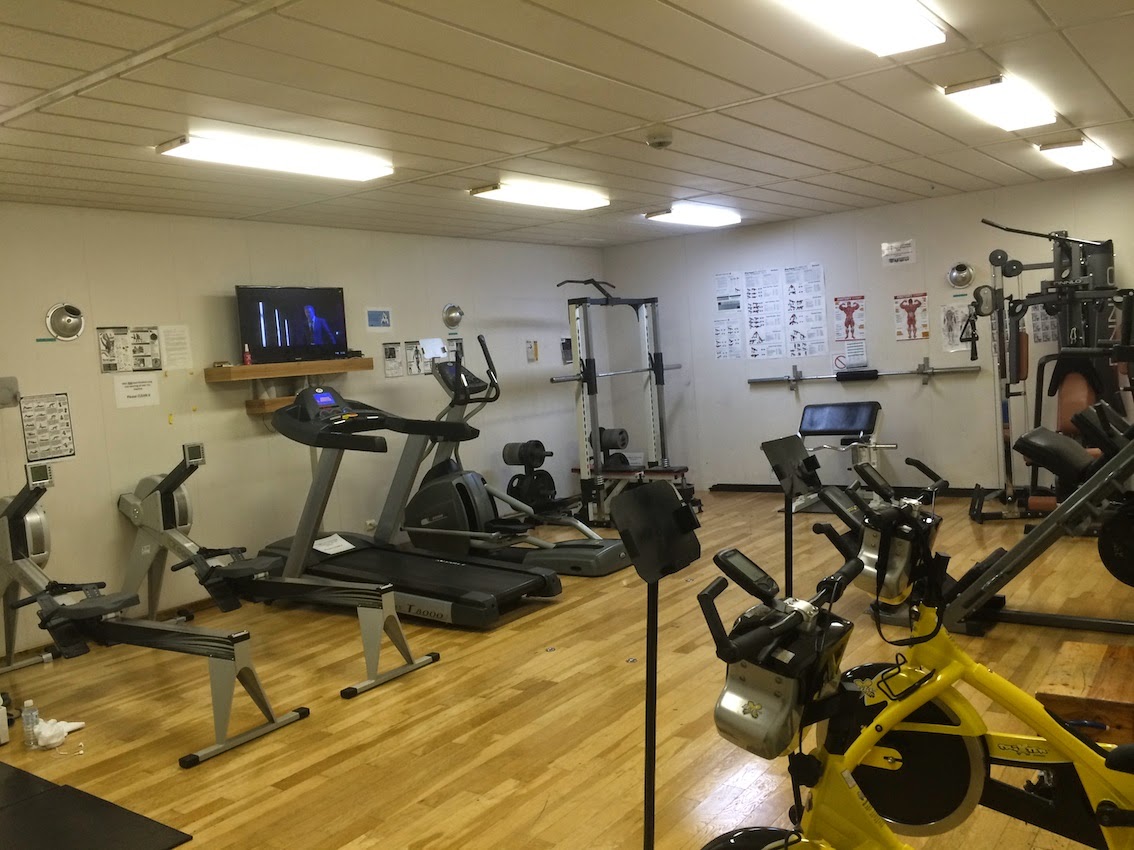The cruise is slowly finishing with the last core being brought back on deck
at the moment, and tomorrow we will head back to Okinawa. But today I
will tell you more about the life onboard (and make you think that scientists are just spending their time doing nothing and having fun).
Basically the Chikyu is
extremely comfortable and absolutely everything is made so you only need
to care about your research. Each room has its own toilet and shower. They have bunk beds but during this cruise and because there is
lots of space on the ship, we can all have single cabins. Everyday,
someone comes to change your towels and make your bed. Like in a hotel!
My cabin
Even with a small desk space
Initially I felt this is a bit too much, but then I realised that
actually scientists on board are a minority. But if you look at the
crew and technicians on board, well those guys are doing the real tough
job, moving cranes and steel pipes around, fixing and unfixing anything
and everything. And all this wearing full protective equipment outside
with 30 degrees in any weather. "Full protective equipment" is a really
thick suit with long sleeves, reinforced shoes, helmet and glasses.
Scientists need to wear that too when going outside, and I can tell you
than it only takes a few minutes to be drenched in sweat with this
portable sauna. Then if you consider that most cruises are 24h/7
days a week work for 2 months, you can imagine that a freshly made bed helps the
crew to relax after a 12h shift and keep being fully efficient for the
whole cruise.
So let’s continue the tour of the life on board,
not only everyday you get fresh towels, but also you don’t need to worry
about your laundry, each cabin has laundry bags, you simply put the
laundry bag with your dirty clothes in front of the door. A few hours
later, they are magically back in front of your room washed and neatly
folded.
I already spoke about the food, and after 10 days, I am
still not fed up of the food on board because not every day, but every
meal is different with a mix of western food, ethnic food from wherever,
and Japanese food.

Did I already mention that the food is really good?
After dinner, it is nice to socialise a bit playing with colleagues if we have a bit of time.
If you are more of the reading type, there is a big choice
of books and manga both in Japanese and English
But after all this food, the gym is an essential place unless we aim at a sumo career back on land.
As you can see the gym is pretty well equipped
But then after a long day working, hard workout at the gym, a shower is very welcome...
Or what about a sauna first?
And after a sauna, of course a bath is great...
...but a jacuzzi is even better.
And after all this, you are just perfectly relax to sleep well and deep until your next shift!
P.S. It may not look like when reading this blog, but actually for the essential part of the day we are working, and often we are just too tired to enjoy half of those things... I even started to skip some meals, and that means a lot!
P.P.S. The adventures are not finished as while writing this blog, the core broke (I guess that fits into "technical problem") and now the ROV (who works for once!) is trying to look for it...





























